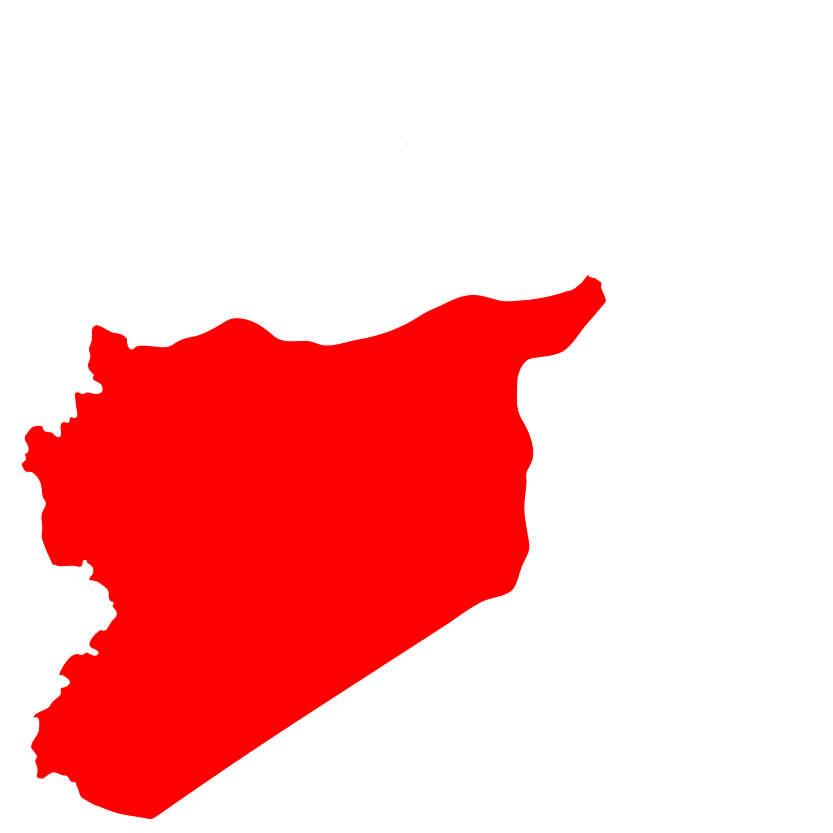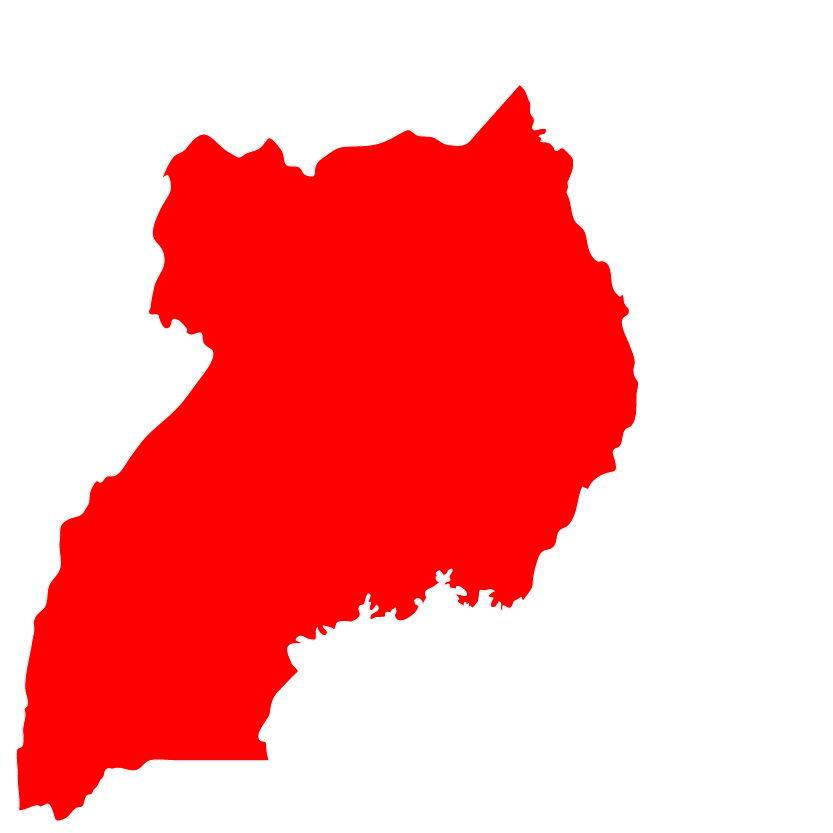Hurricane Melissa has reached Category 5 on the Saffir-Simpson scale, with maximum sustained winds of 280 km/h, higher gusts, and an estimated minimum central pressure of 917 hPa, according to the Cuban Meteorology Institute (INSMET) and the U.S. National Hurricane Centre (NHC).
The threat level is extreme due to the potential for devastating destruction: a Category 5 hurricane is extremely destructive, capable of causing catastrophic damage such as the total collapse of most homes and the destruction of smaller structures. Sustained winds exceeding 280 km/h can uproot trees and power poles, causing power outages lasting weeks or months and isolating entire communities. The associated storm surge can also produce severe coastal flooding.
INSMET issued Advisory No. 16 on October 27, emphasizing that the outer bands of this hurricane will continue to increase cloudiness and rainfall in eastern Cuba, which may be heavy in some areas, mainly mountainous ones. Strong swells will persist in the seas south of Granma, Santiago de Cuba, and Guantánamo, with light flooding expected in low-lying coastal zones.
The Cuban government has activated its national early-warning system and implemented a comprehensive contingency plan, which includes Mass Evacuations – Nearly 900,000 people have been evacuated from the eastern provinces, prioritizing the most vulnerable zones. This represents an estimated 25% of the population of those provinces.
As per initial information the urgent humanitarian needs include, shelter, Emergency food , safe drinking water, Non food items, psychosocial support and livelihood support. Detailed rapid need assessment will be conducted to get more information about the needs on the ground.
ACT Secretariat is in close contact with the Cuba forum members to plan for a possible response. more updates will be shared as soon as we get updates from the forum.
En Español
El huracán Melissa ha alcanzado la categoría 5 en la escala Saffir-Simpson, con vientos máximos sostenidos de 280 km/h, ráfagas más fuertes y una presión central mínima estimada de 917 hPa, según el Instituto Nacional de Meteorología de Cuba (INSMET) y el Centro Nacional de Huracanes de Estados Unidos (NHC).
El nivel de amenaza es extremo debido al potencial de destrucción devastadora: un huracán de categoría 5 es extremadamente destructivo, capaz de causar daños catastróficos, como el colapso total de la mayoría de las viviendas y la destrucción de estructuras más pequeñas. Los vientos sostenidos que superan los 280 km/h pueden arrancar árboles y postes eléctricos, provocando cortes de energía que duran semanas o meses y aislando comunidades enteras. La marejada ciclónica asociada también puede producir graves inundaciones costeras.
El INSMET emitió el aviso n.º 16 el 27 de octubre, en el que destacaba que las bandas exteriores de este huracán seguirán aumentando la nubosidad y las precipitaciones en el este de Cuba, que pueden ser intensas en algunas zonas, principalmente en las montañosas. Persistirán fuertes oleajes en los mares al sur de Granma, Santiago de Cuba y Guantánamo, y se esperan ligeras inundaciones en las zonas costeras bajas.
El Gobierno cubano ha activado su sistema nacional de alerta temprana y ha puesto en marcha un plan de contingencia integral, que incluye Evacuaciones masivas: se ha evacuado a casi 900 000 personas de las provincias orientales, dando prioridad a las zonas más vulnerables. Esto representa aproximadamente el 25 % de la población de esas provincias.
Según la información inicial, las necesidades humanitarias urgentes incluyen refugio, alimentos de emergencia, agua potable, artículos no alimentarios, apoyo psicosocial y apoyo para la subsistencia. Se llevará a cabo una evaluación rápida y detallada de las necesidades para obtener más información sobre las necesidades sobre el terreno.
La Secretaría de ACT está en estrecho contacto con los miembros del foro de Cuba para planificar una posible respuesta. Se compartirán más novedades tan pronto como recibamos información actualizada del foro.
ACT Alert – Cuba Hurican Melissa (Eng + Spanish)



